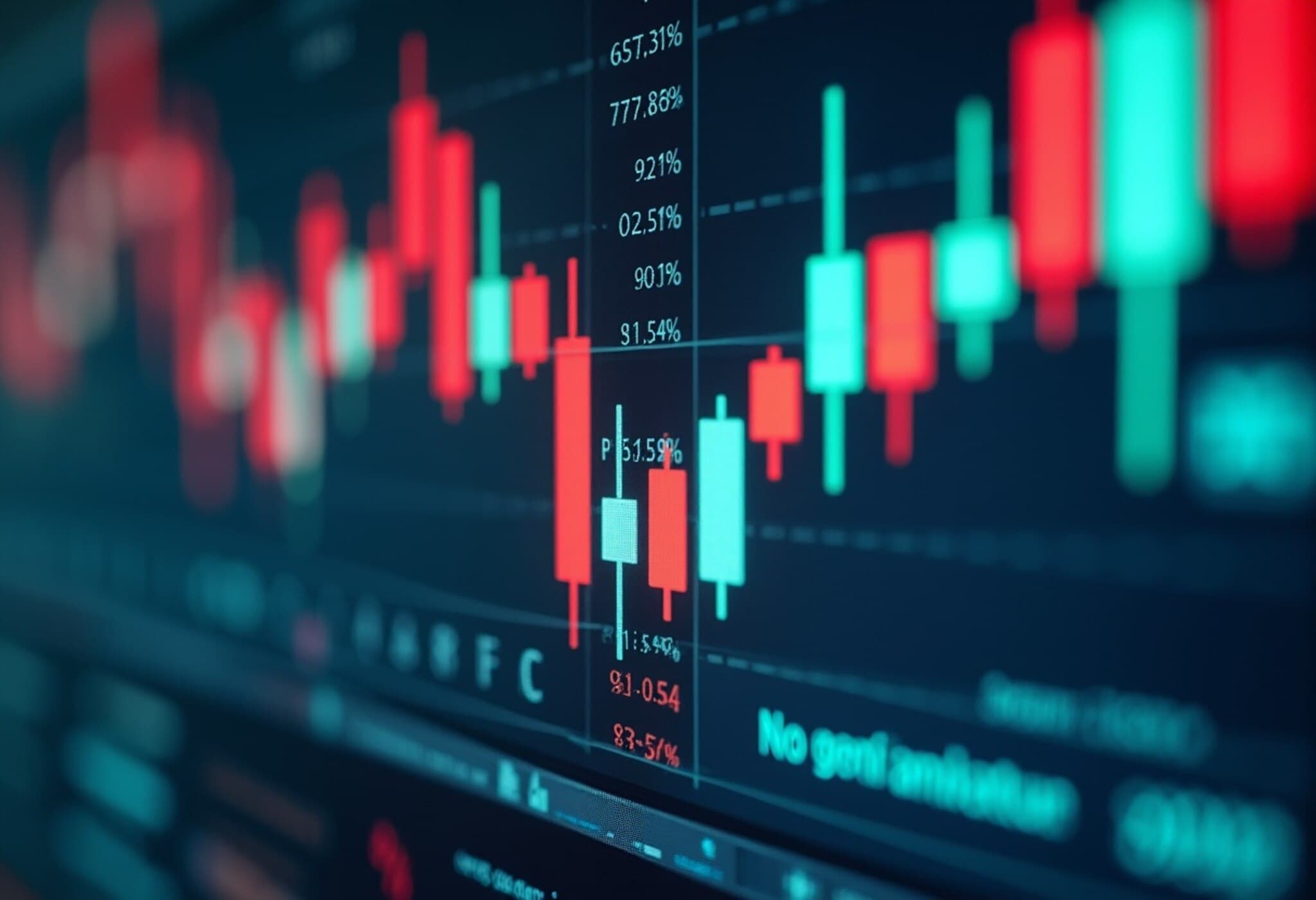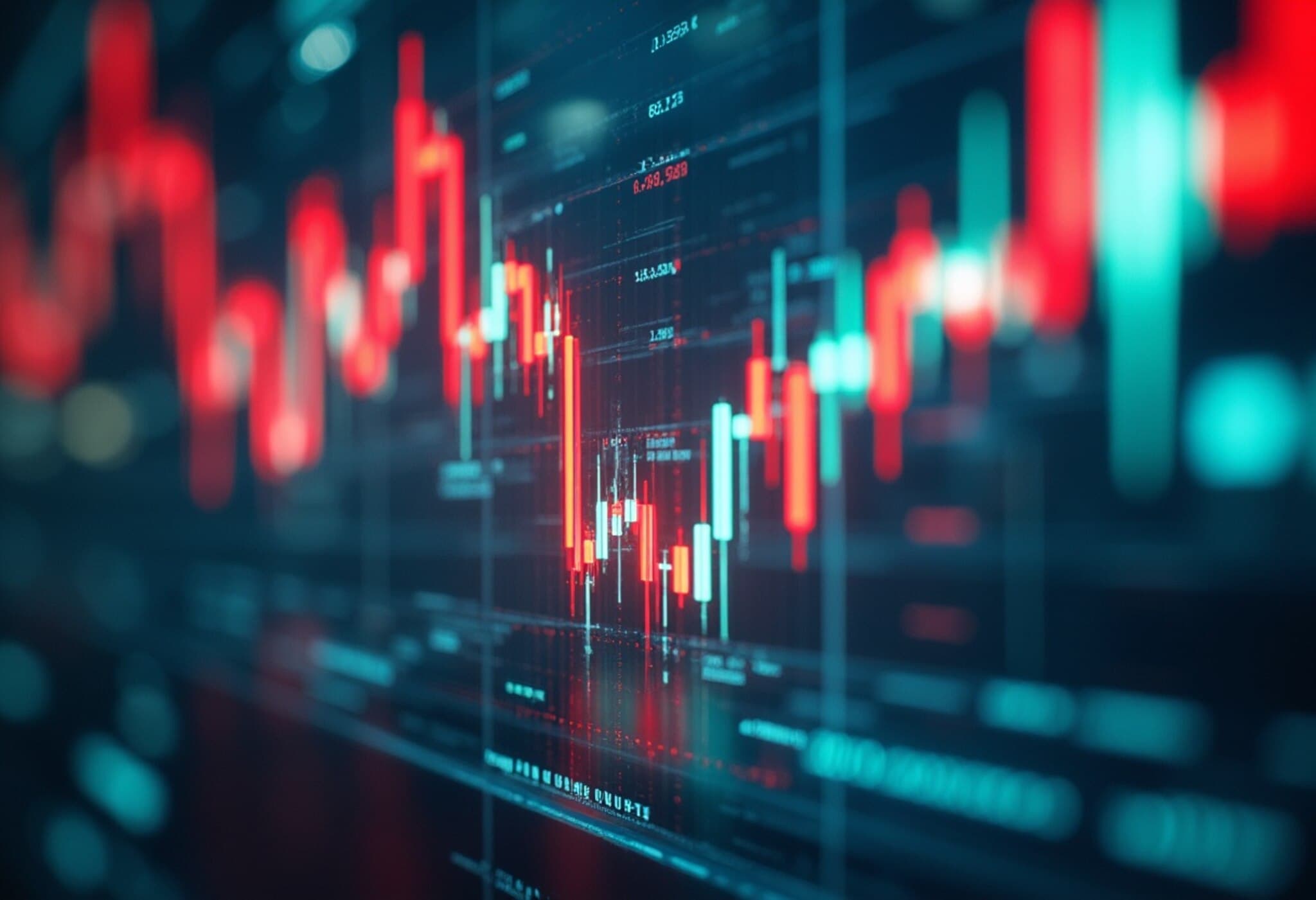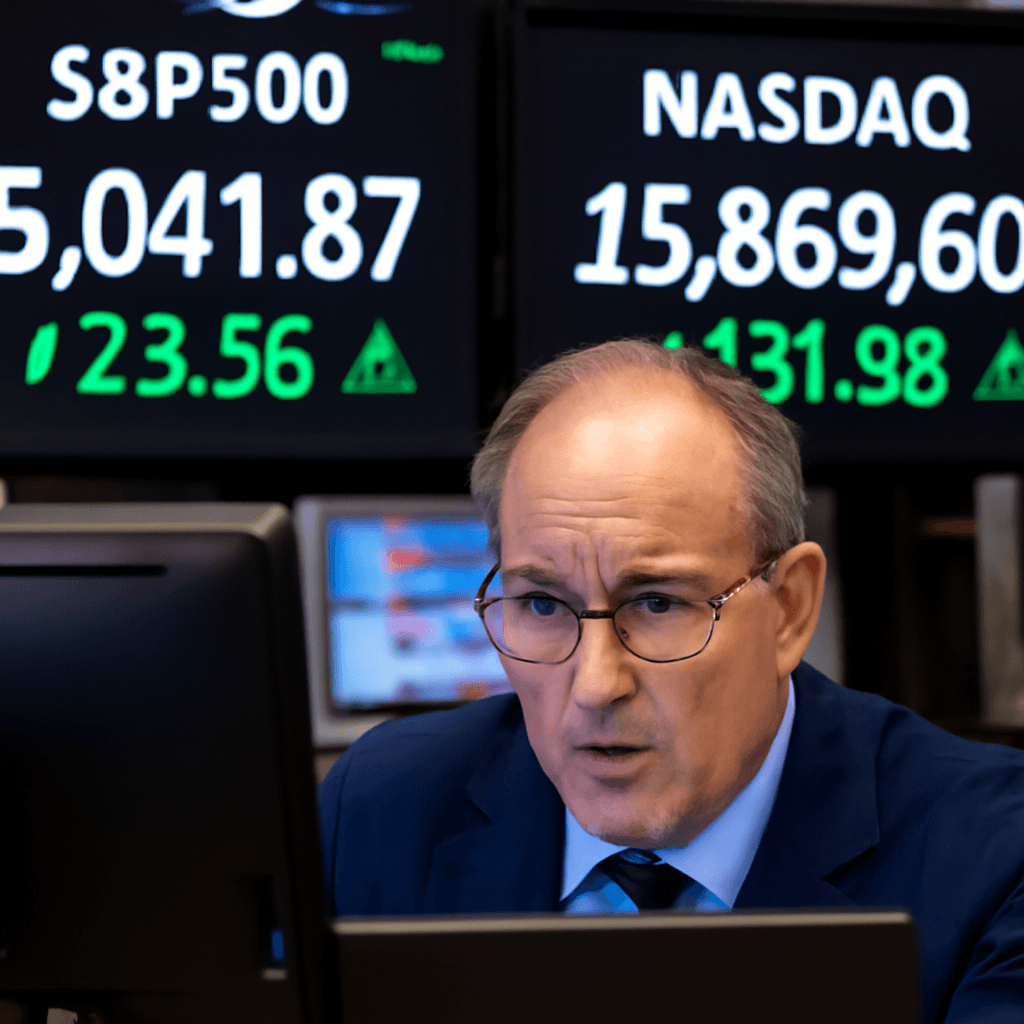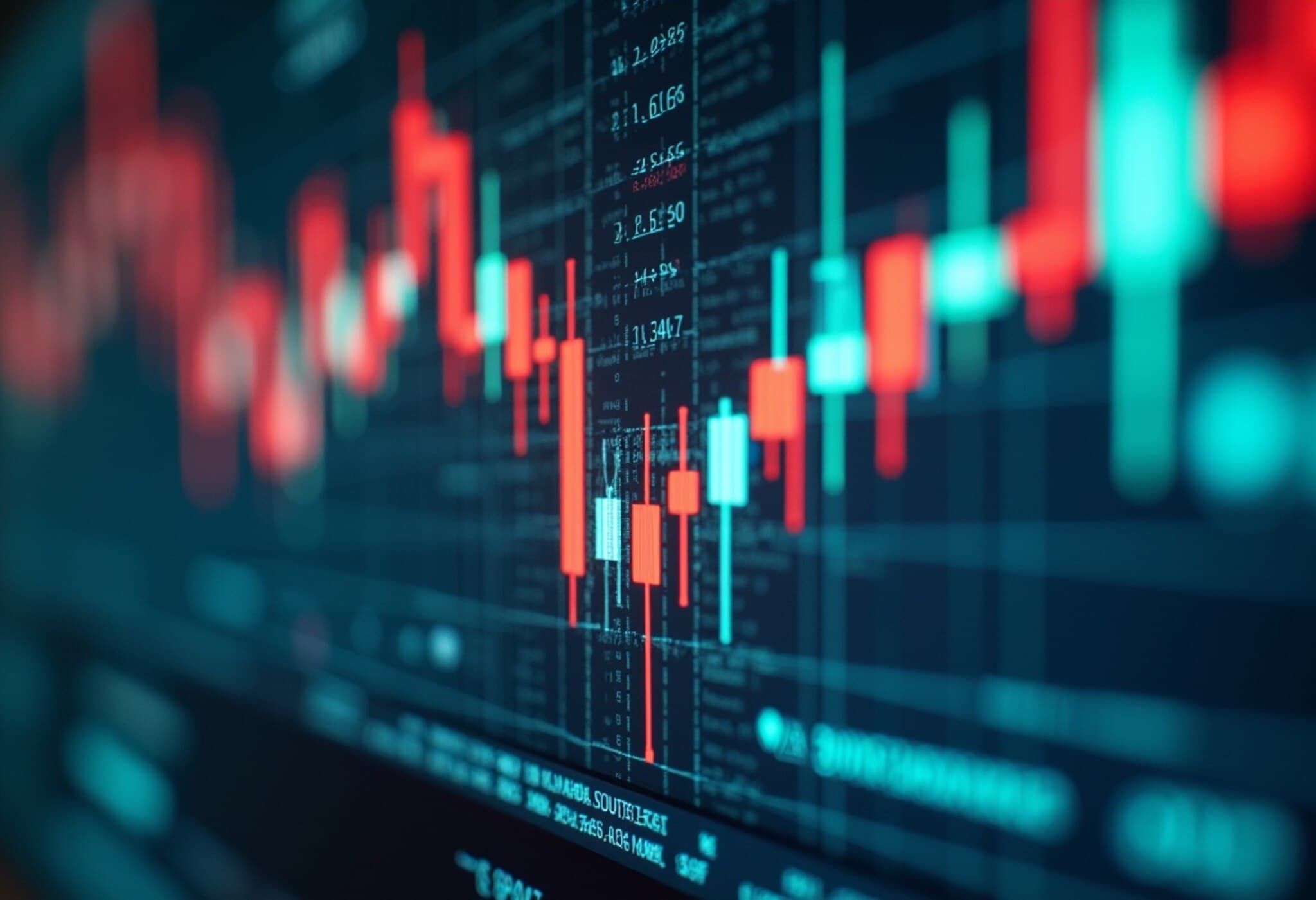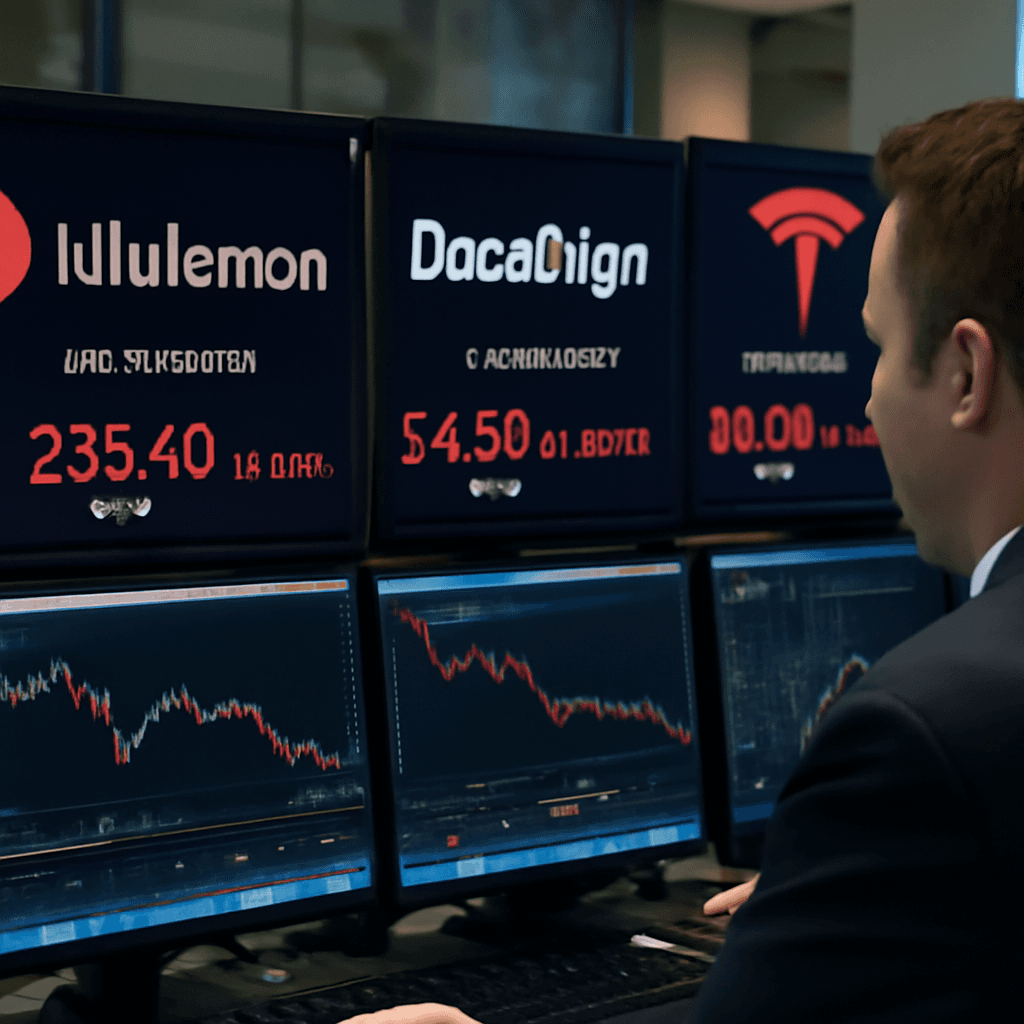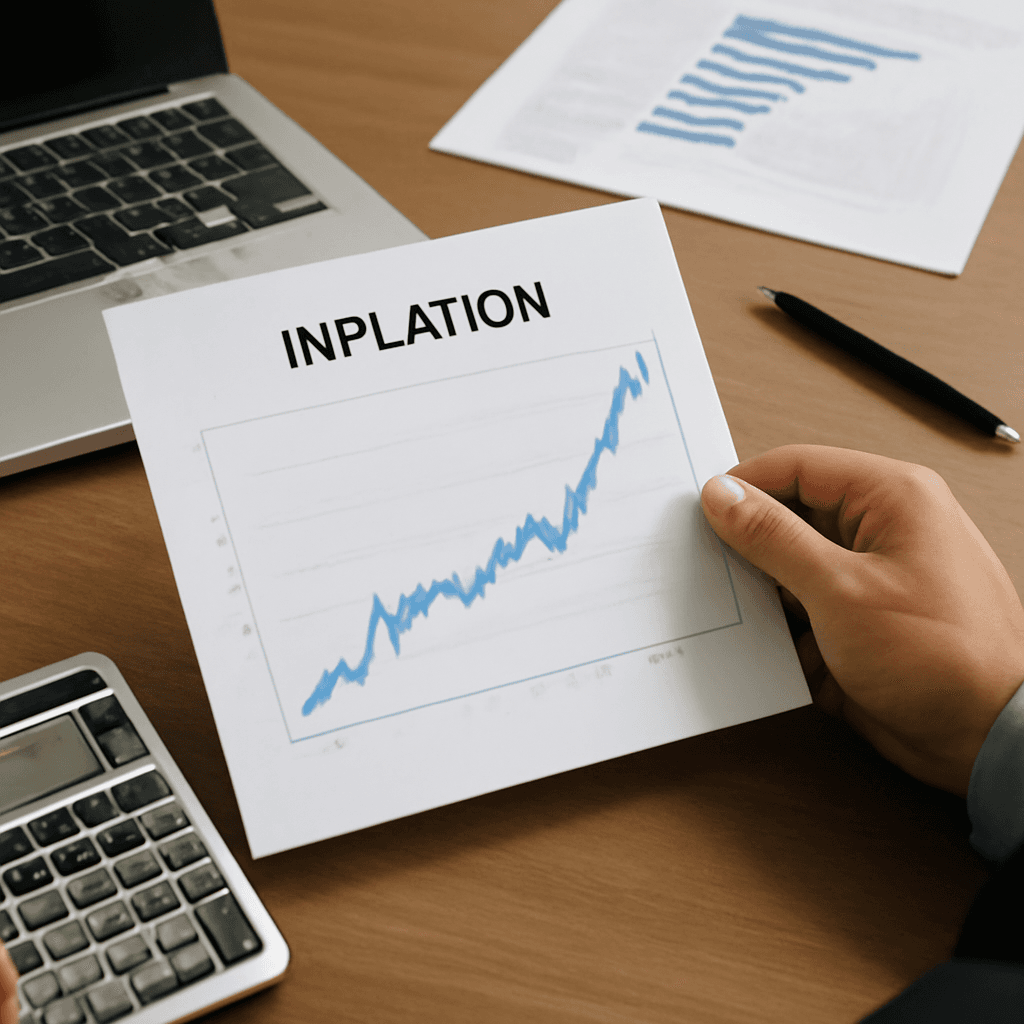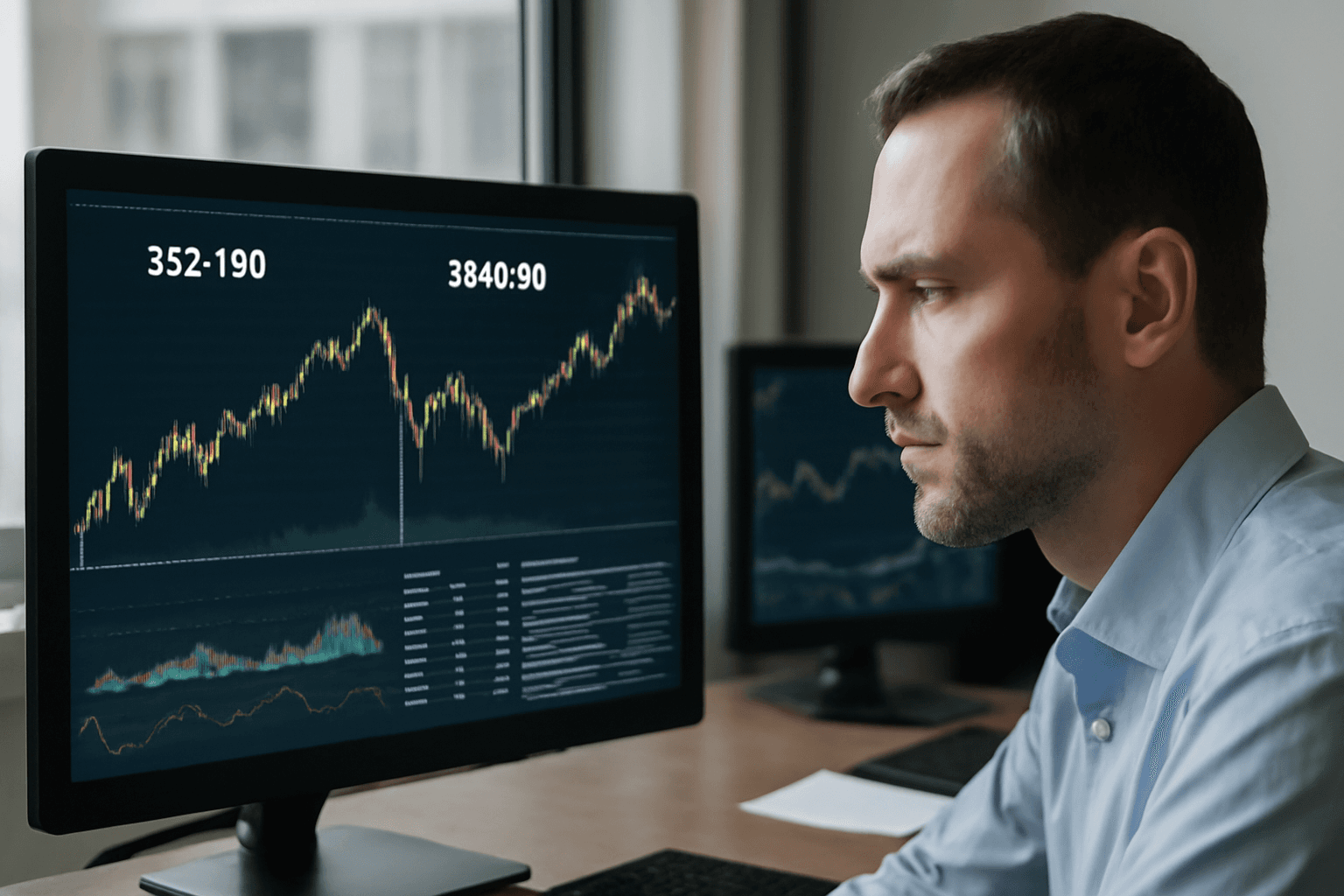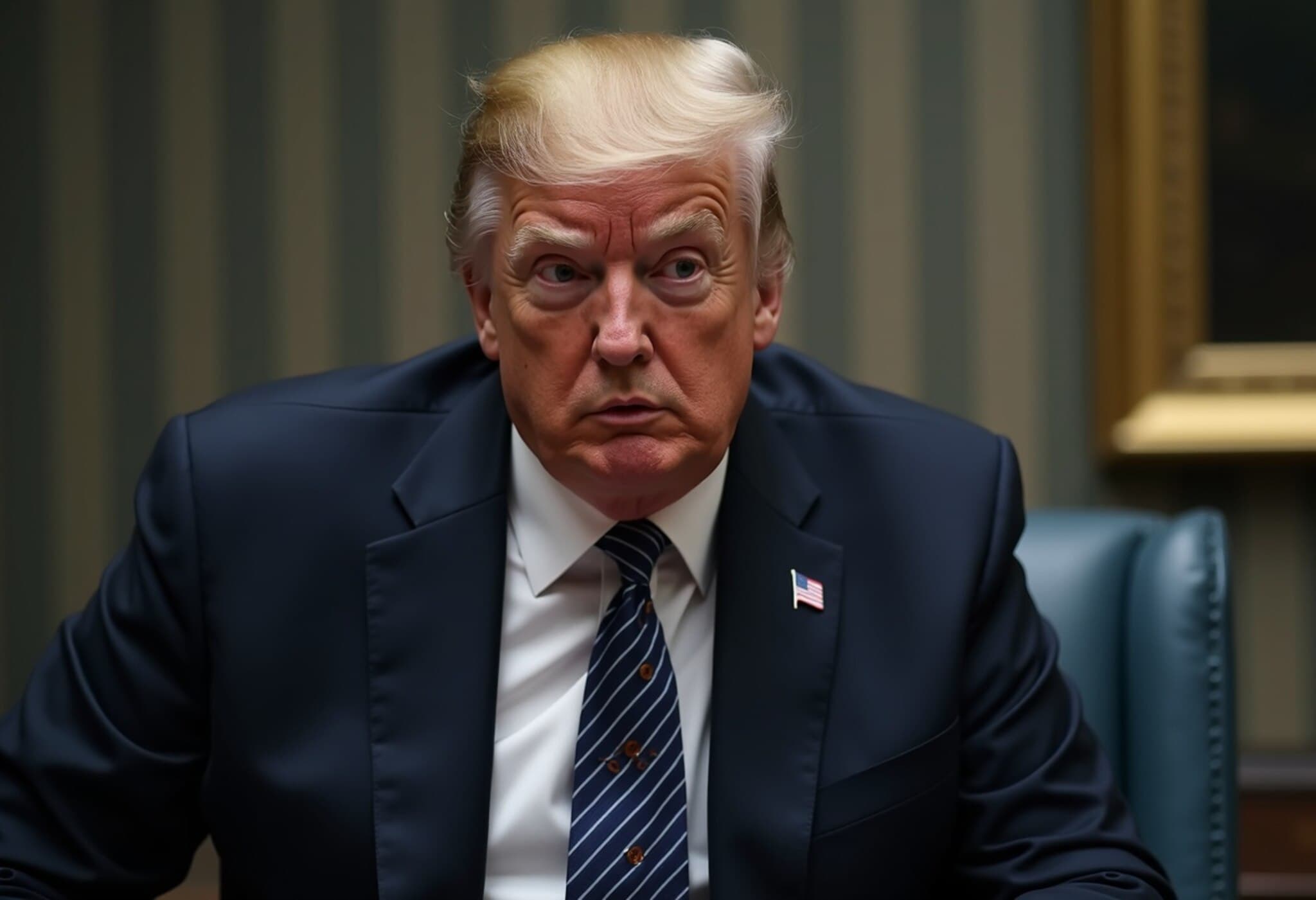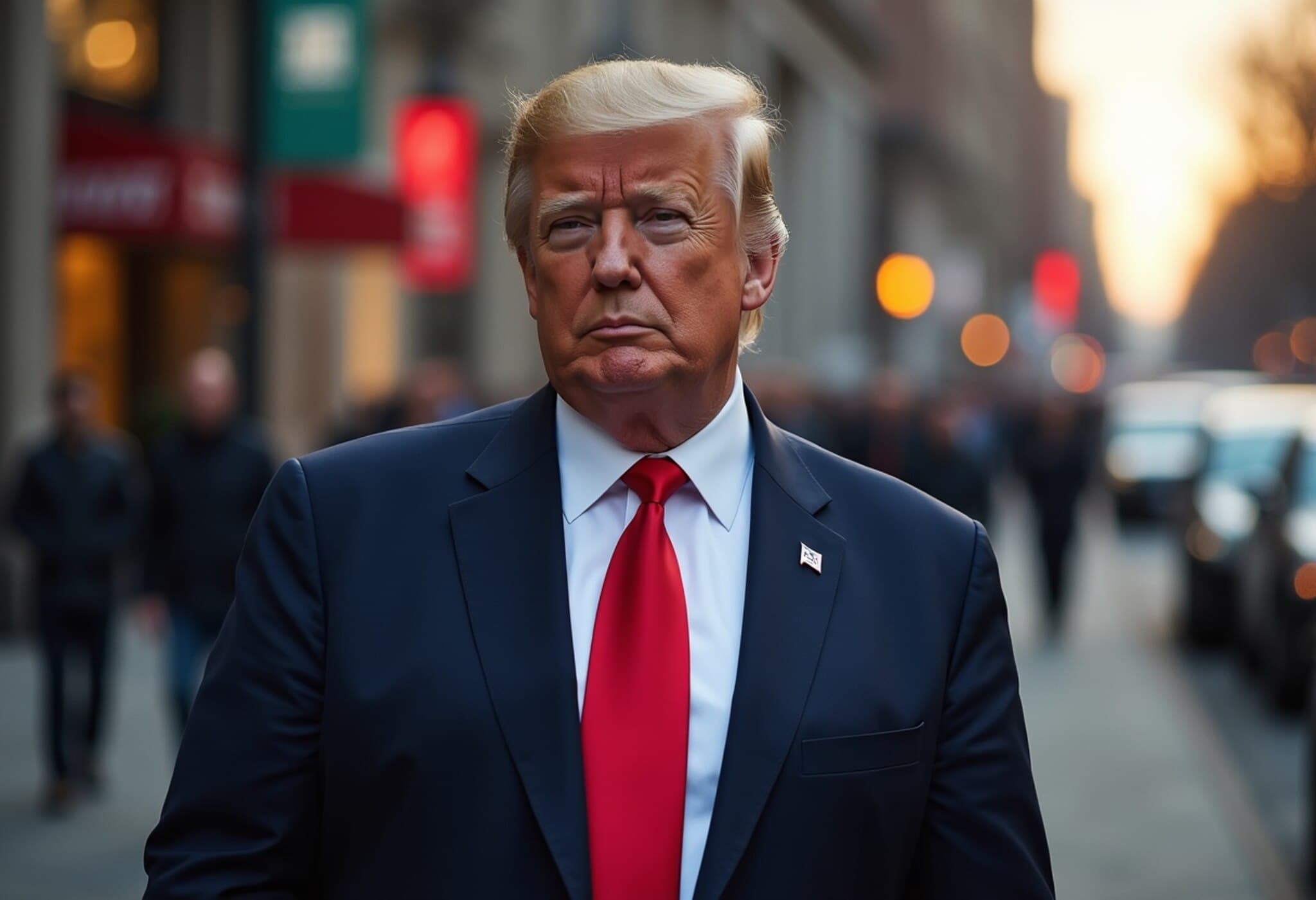The Unexpected Market Comeback
Despite facing a series of daunting challenges in 2025—including a heated trade war, escalating tensions in the Middle East, and fierce international competition in artificial intelligence—the stock market has staged an impressive recovery. Currently, the S&P 500 is less than 1% away from reaching a fresh record high, rallying back from a sharp nearly 20% decline experienced in April. Meanwhile, the tech-heavy Nasdaq Composite has already surpassed previous all-time highs, buoyed by strong enthusiasm for mega-cap technology and AI-driven companies.
Investor Optimism Amid Uncertainty
Experts express surprise at the market's rapid rebound. A portfolio manager at Capital Wealth Planning noted, "Considering the complex geopolitical landscape and ongoing volatility, the speed at which equities have climbed back to record territory is remarkable." This resilience reflects the abundance of liquidity in the system and investors’ eagerness to buy dips, especially in technology stocks that continue to drive growth.
The Worries That Slowly Faded
Over the last four months, investors have gradually shaken off several concerns. Key developments in trade have played an important role: the U.S. softened its stance on the most aggressive tariffs against major trading partners, favoring ongoing negotiations instead. Notably, a recent agreement to supply rare earth materials from Beijing to the U.S. helped ease fears of prolonged supply disruptions.
According to a global equity strategist at Wells Fargo Investment Institute, future trade agreements are expected to reduce anxiety among businesses and consumers. Alongside these diplomatic advances, factors such as deregulation, tax cuts, and a downward trend in short-term borrowing costs are anticipated to boost corporate earnings further.
Corporate Earnings Stay Strong
Despite lingering uncertainties around policy, earnings for S&P 500 companies have remained robust. The second quarter marked a 4.9% growth in earnings year-over-year—signifying the eighth consecutive quarter of gains, underscoring corporate resilience during challenging times.
Economic Fundamentals Underpin Market Strength
The U.S. economy appears steady, supporting investor confidence. The unemployment rate remains low at 4.2%, while inflation indicators show only modest increases. Importantly, tariffs thus far have had a minimal impact on price levels.
The Federal Reserve's forecasts suggest two potential rate cuts later this year, though policymakers remain cautious. Some analysts believe that the central bank may hold off on adjusting rates until more clarity emerges about tariffs' effects on inflation.
JPMorgan’s chief global equity strategist shared optimism about avoiding a recession, noting tentative signs in labor data and limited inflation pressure from tariffs as reasons the Fed might consider easing monetary policy sooner than currently anticipated.
The Enduring AI Investment Narrative
Artificial intelligence continues to be a pivotal force behind the bull market. Recent earnings reports have reinforced investor confidence, with major technology firms enhancing their AI expenditures at a rapid pace. While early-year uncertainties arose—sparked by debates over the valuation of AI startups in China—the overall momentum remains strong.
UBS’s head CIO for global equities highlighted the steady secular growth of AI, predicting that sustained adoption and commercialization will fuel the next phase of the rally. JPMorgan estimates AI-related spending could reach $1 trillion by 2030, encompassing advances in generative AI computing, infrastructure, and networking.
Preparing for Possible Market Volatility Ahead
Looking forward, investors remain vigilant. A pivotal deadline on July 8 for reciprocal tariff suspensions may trigger short-term turbulence. Additionally, upcoming employment data could provide fresh insights into labor market health, influencing market dynamics.
Market strategists note that volatility tends to intensify as political conflicts approach but often subsides afterward, with investors shifting focus to other catalysts. This ebb and flow suggest that while challenges remain, the market's robust fundamentals and investor appetite could continue to support gains.

